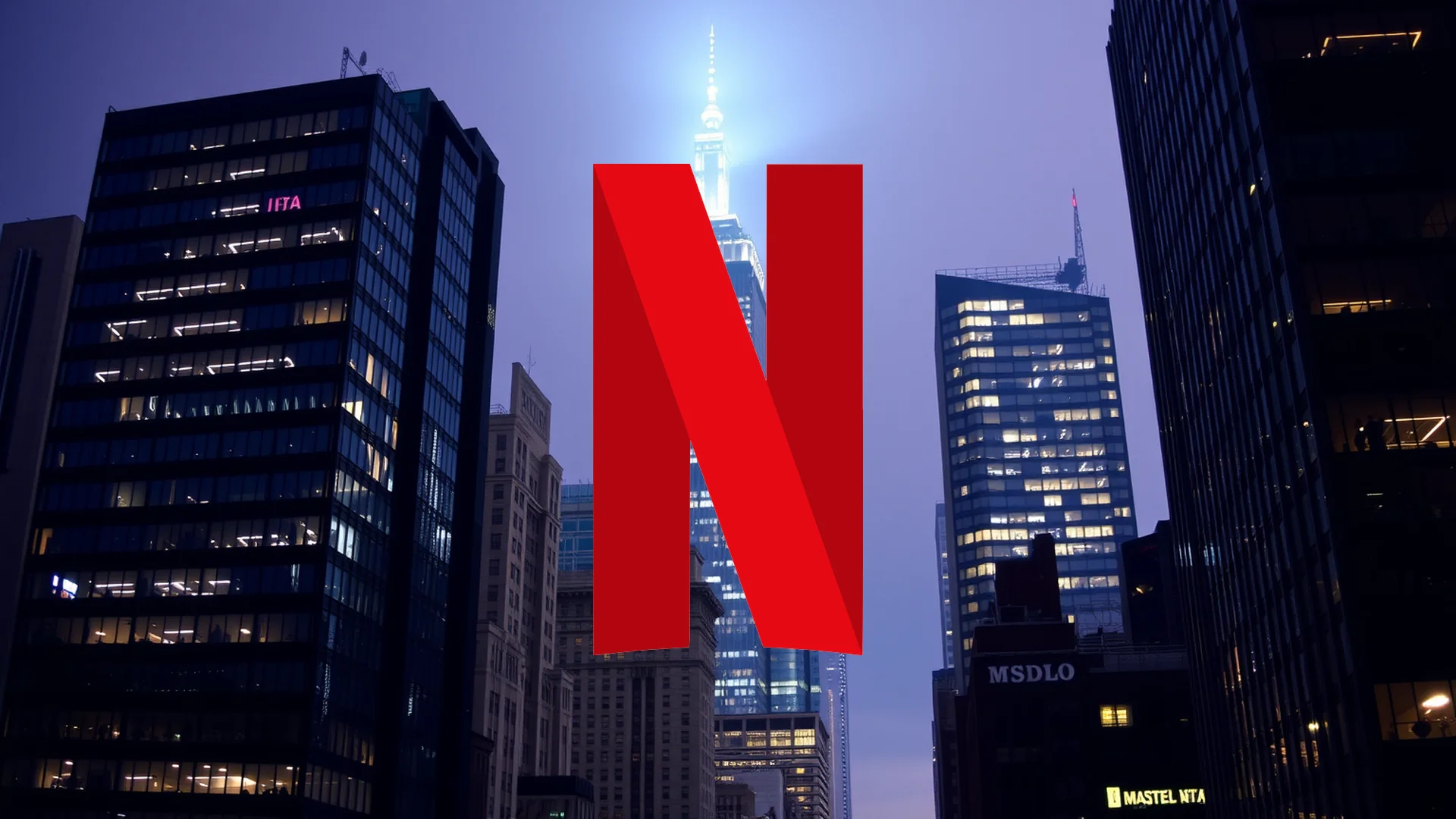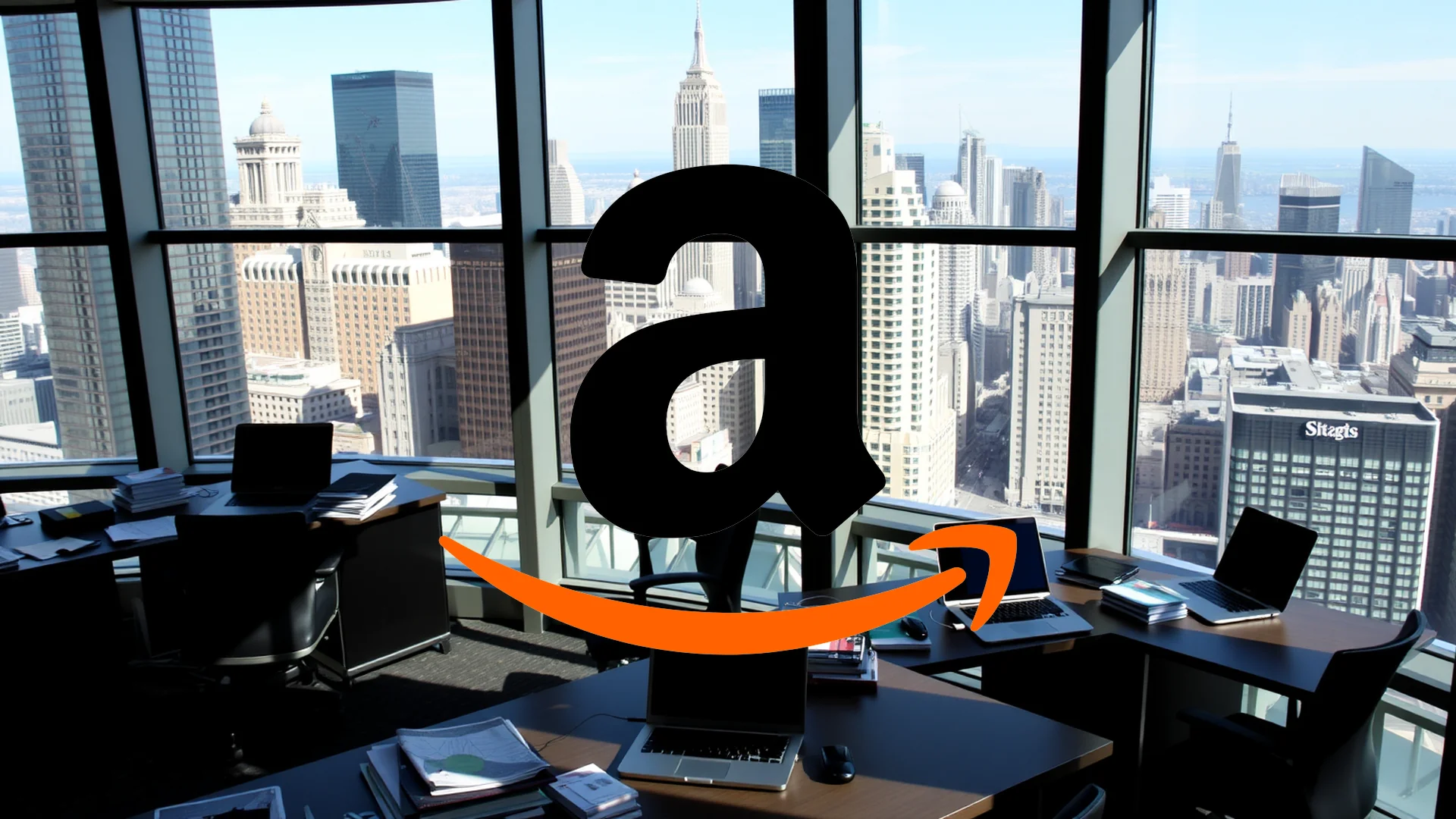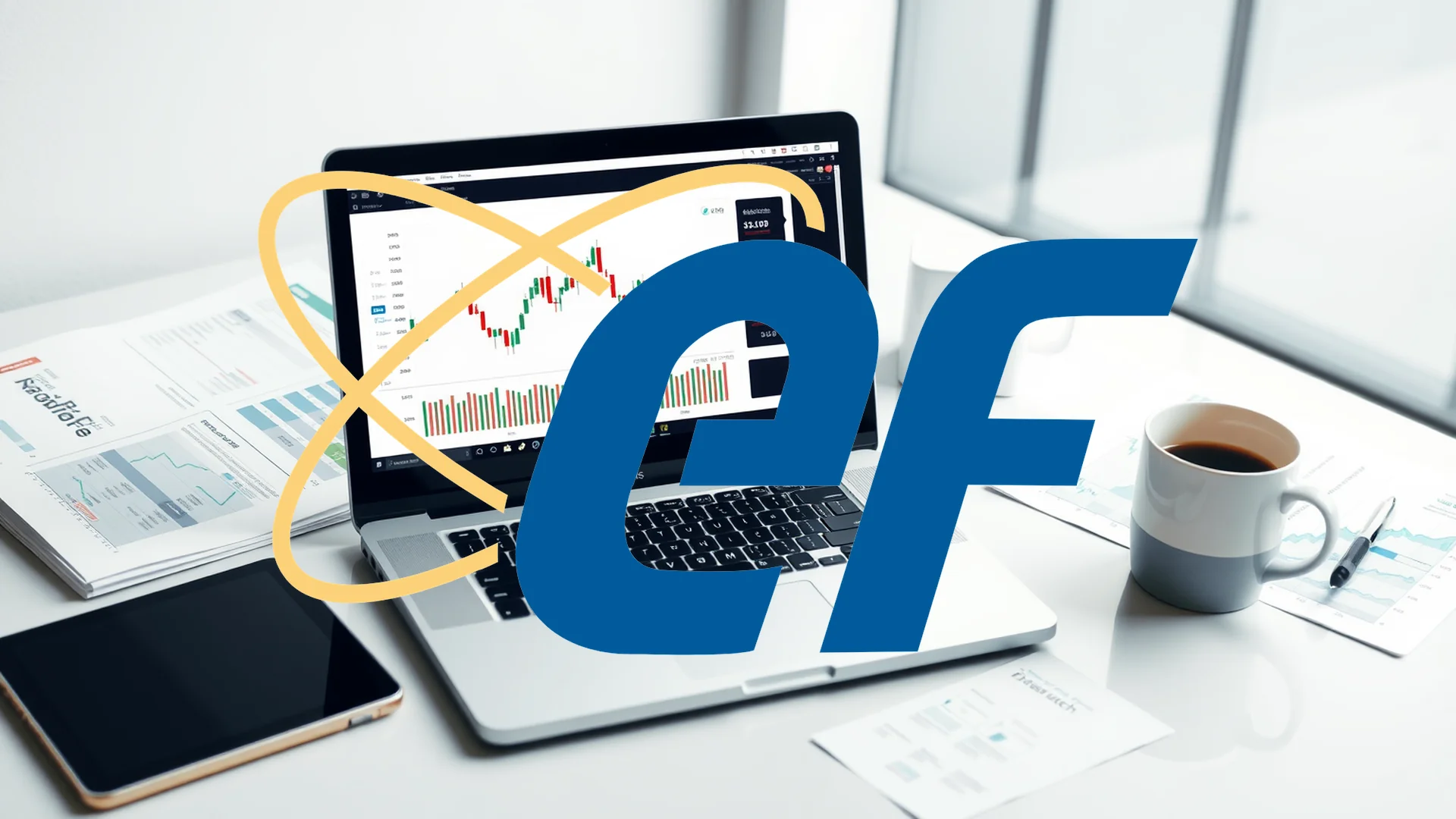Amazon is experiencing another significant leadership transition within its most critical business segment. Dilip Kumar, Vice President of AWS Applications, has announced his departure, effective late September. His exit comes shortly after the scheduled launch of the company’s new AI agent software, “Quick Suite,” prompting analysts to question whether this represents routine executive turnover or signals deeper challenges within Amazon’s artificial intelligence ambitions.
A Pattern of Executive Departures
Kumar’s departure is part of a broader trend of senior talent exiting Amazon’s artificial intelligence operations. The Seattle-based tech giant has witnessed an exodus of key figures from its AI division in recent months. AWS Vice President Matt Wood has left, as has Generative AI chief Vasi Philomin. Most recently, Engineering Director Rami Sinno departed for chip designer Arm Holdings.
A 22-year company veteran, Kumar was a prominent figure at Amazon. Having previously served as an advisor to founder Jeff Bezos, he played a pivotal role in developing the “Just Walk Out” technology for the company’s cashier-less Amazon Go stores. More recently, he led the development of Quick Suite, Amazon’s ambitious entry into the competitive AI agent market where it faces stiff competition from Microsoft and Google.
Swami Sivasubramanian, Vice President for AWS Agentic AI, will assume Kumar’s responsibilities, which also included oversight of the Q Business AI chatbot and the QuickSight analytics tool.
Should investors sell immediately? Or is it worth buying Amazon?
Billions in AI Investment Amid Organizational Changes
These leadership changes occur as Amazon makes unprecedented investments in AI infrastructure. The company is constructing data centers at record speed and developing proprietary AI chips to challenge Nvidia’s market dominance. In July, Amazon further expanded its AI portfolio through the acquisition of wearable AI startup Bee.
Chief Executive Officer Andy Jassy has characterized generative artificial intelligence as a “once-in-a-generation reinvention,” while simultaneously acknowledging that the technology will inevitably eliminate certain job functions long-term. The executive departures coincide with Amazon’s comprehensive reassessment of its overall artificial intelligence strategy.
The company’s stock performance reflects these challenges. Amazon shares have gained approximately 4.6% year-to-date, significantly underperforming the Nasdaq 100 index, which has advanced 12% over the same period. Disappointing second-quarter results in July, particularly weaker-than-expected growth in AWS revenue, continue to weigh on investor sentiment.
All eyes will be on Amazon’s upcoming quarterly earnings report scheduled for October 29. These results will provide crucial insight into whether the company’s multi-billion dollar artificial intelligence initiatives can succeed despite the leadership turnover, or if these departures indicate more fundamental operational challenges.
Ad
Amazon Stock: Buy or Sell?! New Amazon Analysis from December 30 delivers the answer:
The latest Amazon figures speak for themselves: Urgent action needed for Amazon investors. Is it worth buying or should you sell? Find out what to do now in the current free analysis from December 30.
Amazon: Buy or sell? Read more here...











